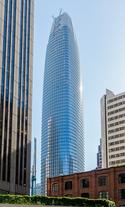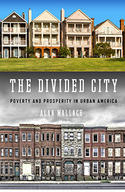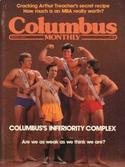Bus ridership in Los Angeles is plummeting, says the Wall Street Journal, but LA Metro CEO Phil Washington thinks he has the solution.
“It’s too easy to drive in this city,” says Washington. To get people back on the buses, the city needs to “actually making driving harder.” read more »




















